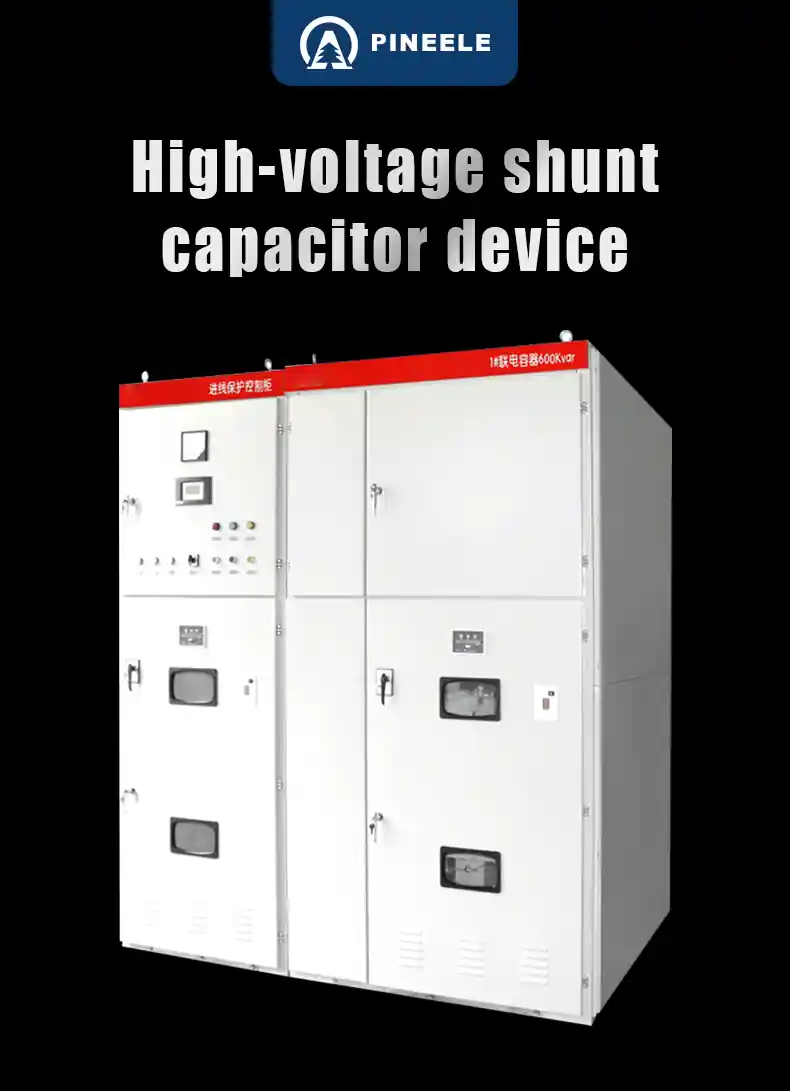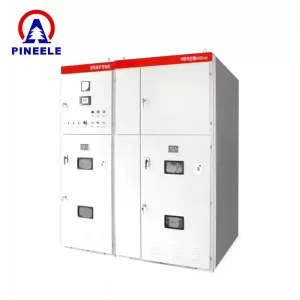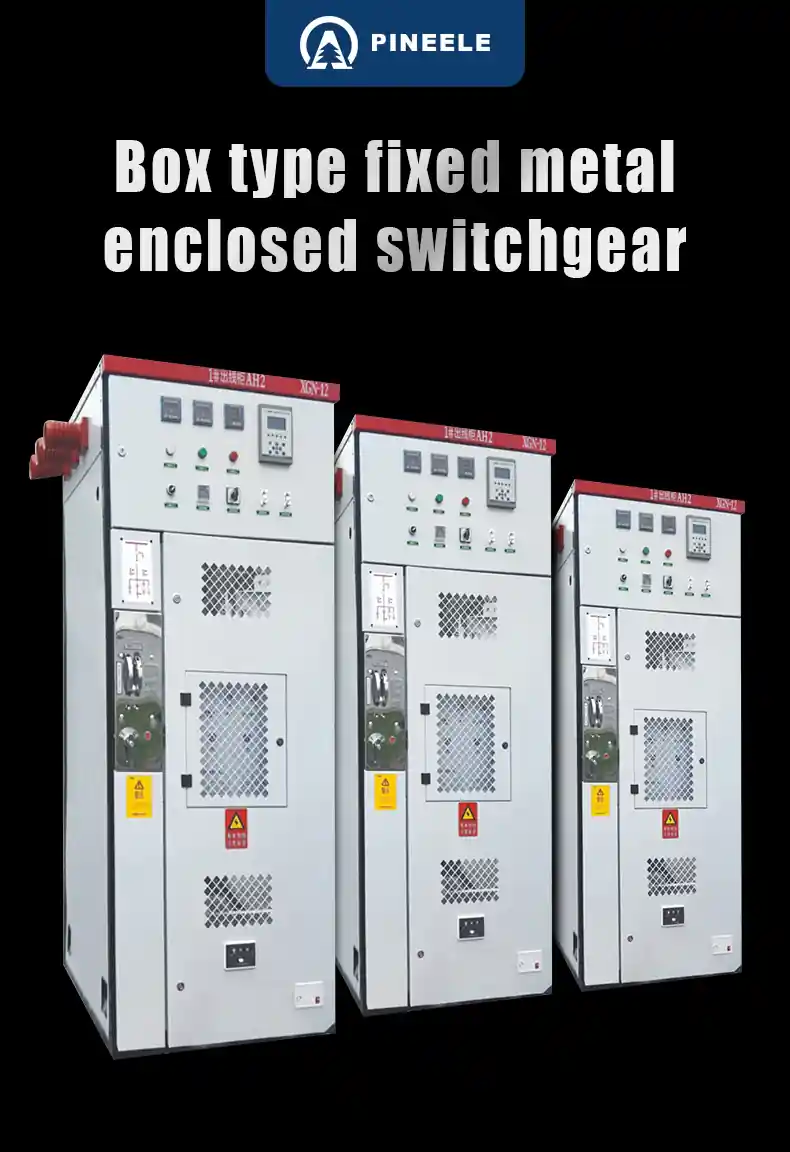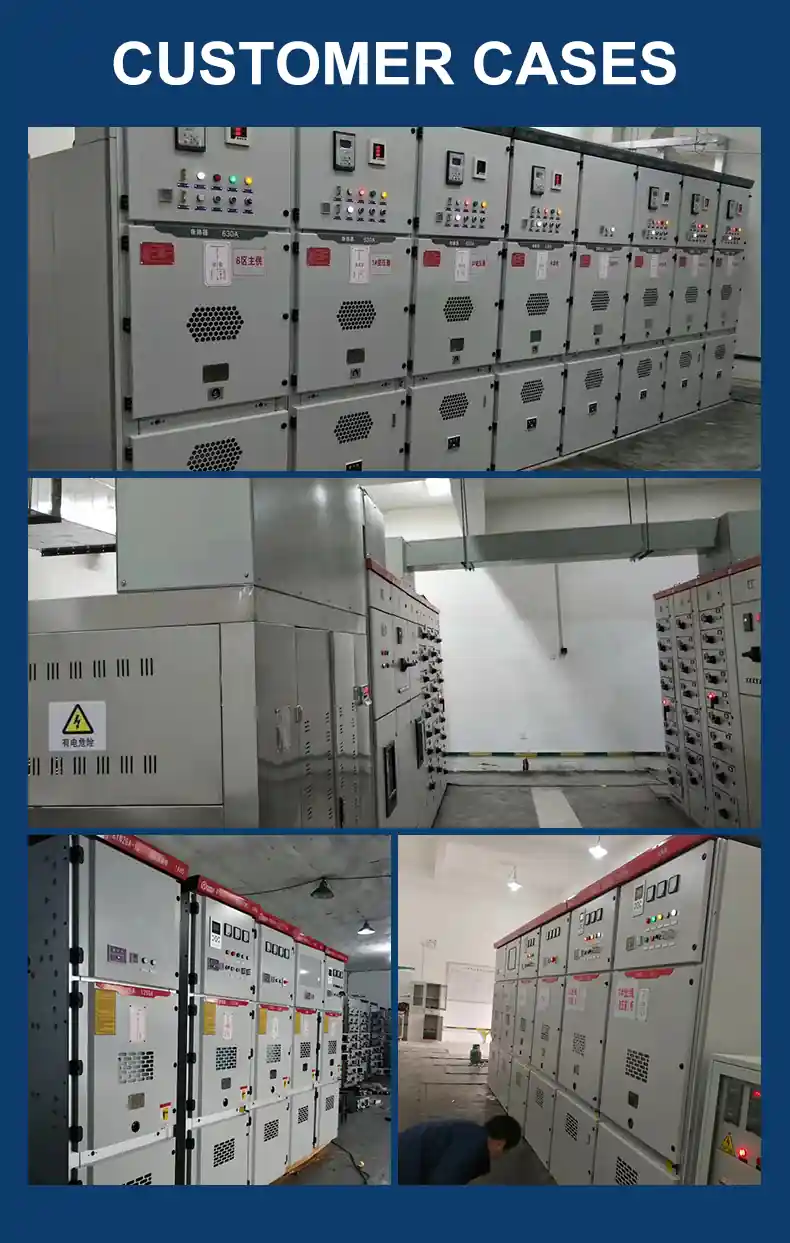
High Voltage Compensation Cabinet
The High Voltage Compensation Cabinet is a crucial component in modern power distribution systems, designed to optimize energy efficiency and maintain stable voltage levels. It is primarily used to improve power factor, reduce reactive power losses, and enhance overall system performance in industrial, commercial, and utility applications.
This cabinet integrates advanced compensation technology, including capacitor banks, reactors, and intelligent control units, to dynamically regulate power quality. By compensating for reactive power, it helps to minimize voltage fluctuations, reduce transmission losses, and prevent overloading of electrical equipment.
High Voltage Compensation Cabinets are commonly installed in substations, power plants, manufacturing facilities, and large-scale commercial buildings where power demand fluctuates. They contribute to improving grid stability, lowering electricity costs, and ensuring compliance with power quality regulations.
Available in both automatic and manual configurations, these cabinets can be customized to meet specific voltage levels, compensation capacities, and operational requirements. With a modular design and high safety standards, they provide a reliable and efficient solution for optimizing electrical power distribution networks.
For industries seeking to enhance energy efficiency, extend equipment lifespan, and ensure a stable power supply, the High Voltage Compensation Cabinet is an indispensable choice.
Detailed parameters
- Pre-embed 6-10mm rebar hooks at the foundation opening.
- Pre-embed steel plates and anchor bolts for structural stability.
- Use reinforced concrete for foundation construction.
- Ensure steel plates and anchor bolts are embedded properly.
- Distribute pre-embedded steel plates and anchor bolts evenly around the foundation.
Note:
- The foundation dimensions should be determined based on actual site conditions.
- All pre-embedded components should be installed level with the ground and welded securely.
- Connection methods and wiring arrangements should be designed according to specific requirements.
Technical Documentation Required for Ordering
- System Capacity (kVA) & Primary Connection Plan: Details on system load conditions and operational mode.
- Harmonic Frequency & Electrical Harmonic Measurements: Measurement of harmonic voltage and harmonic current (factory can assist in measurement if needed).
- Power Factor Correction Data: Compensation factor before and after correction, total required compensation capacity (factory can provide design assistance).
- Installation Layout: Floor plan of the installation site, installation method, and cable entry/exit arrangements.
- Cabinet Dimensions & Color Requirements: Specifications regarding size and color preferences.
Refinement & Optimization
For High Voltage Capacitor Compensation Cabinets, it is essential to provide precise technical specifications to ensure optimal compatibility with the power system. Proper planning of harmonic filtering, power factor correction, and structural integration will ensure high efficiency and long-term reliability. Customers should work closely with the manufacturer to determine system parameters, especially in complex or high-load environments.
High Voltage Compensation Cabinet Detailed parameters
Product Description
The High Voltage Compensation Cabinet is an essential power equipment designed to enhance electrical system stability, improve power factor, and reduce energy losses by compensating for reactive power. It integrates capacitor banks, control systems, and protection mechanisms within a durable enclosure, ensuring safe and reliable operation in industrial, commercial, and power grid applications.
These cabinets are widely used in power substations, industrial plants, and large-scale electrical infrastructures where voltage regulation, energy efficiency, and harmonic reduction are crucial. With advanced monitoring systems and automated control, they ensure optimized performance and seamless integration with modern power distribution networks.
Technical Parameters
| Parameter | Specification |
|---|---|
| Rated Working Voltage | 10kV / 6kV / 35kV (customizable) |
| Maximum Operating Voltage | Up to 1.1 times the rated voltage |
| Overvoltage Tolerance | ≤ 1.3 Un |
| Capacitor Configuration | Single-phase / Three-phase / Series / Parallel |
| Protection Systems | Overcurrent, Overvoltage, Undervoltage, Short-circuit |
| Insulation Level | 42kV (Power Frequency Withstand Voltage) |
| Lightning Impulse Withstand Voltage | 75kV |
| Cooling Method | Natural air cooling / Forced ventilation |
| Operating Temperature | -40°C to +55°C |
| Protection Level | IP42 / IP54 (Optional) |
| Control Mode | Automatic / Manual |
| Installation Method | Indoor / Outdoor |
| Compliance Standards | GB50227-1995, JB711-1993, IEC 60831 |
Type Description
| Code | Description |
|---|---|
| T | High Voltage Capacitor Cabinet |
| BB | Series or Parallel Capacitor Configuration |
| AC | Single-phase Voltage Difference Protection |
| AK | Single-phase Open Delta Protection |
| BL | Dual-Phase Unbalance Current Protection |
| F | Fast Switching Mechanism |
| D | Integrated Harmonic Filtering |
Key Features
- Enhanced Power Factor: Automatically compensates for reactive power, improving overall system efficiency and reducing losses.
- Advanced Protection Mechanisms: Equipped with overvoltage, undervoltage, overcurrent, and fault detection features to prevent electrical failures.
- Intelligent Monitoring: Real-time data tracking, remote monitoring, and automated adjustments for optimized performance.
- Modular Design: Easily expandable with additional capacitor banks and control units as system demand increases.
- Low Harmonic Distortion: Equipped with filters to minimize harmonic interference, ensuring stable and clean power supply.
- Flexible Installation: Available in both indoor and outdoor configurations, suitable for various environmental conditions.
- Energy Saving: Reduces unnecessary power consumption and enhances the lifespan of electrical equipment.
- Customizable Solutions: Capacitor bank configurations can be tailored to meet specific project requirements.
Application Scenarios
- Power Substations: Ensures voltage stability and efficient power distribution.
- Industrial Manufacturing Facilities: Supports heavy machinery and production lines by optimizing power quality.
- Renewable Energy Plants: Balances voltage fluctuations and stabilizes power output from solar and wind farms.
- Commercial and Residential Buildings: Reduces energy waste and improves grid efficiency in urban power networks.
- Large-Scale Electrical Infrastructure: Provides reliable compensation for high-voltage power systems in various industries.


